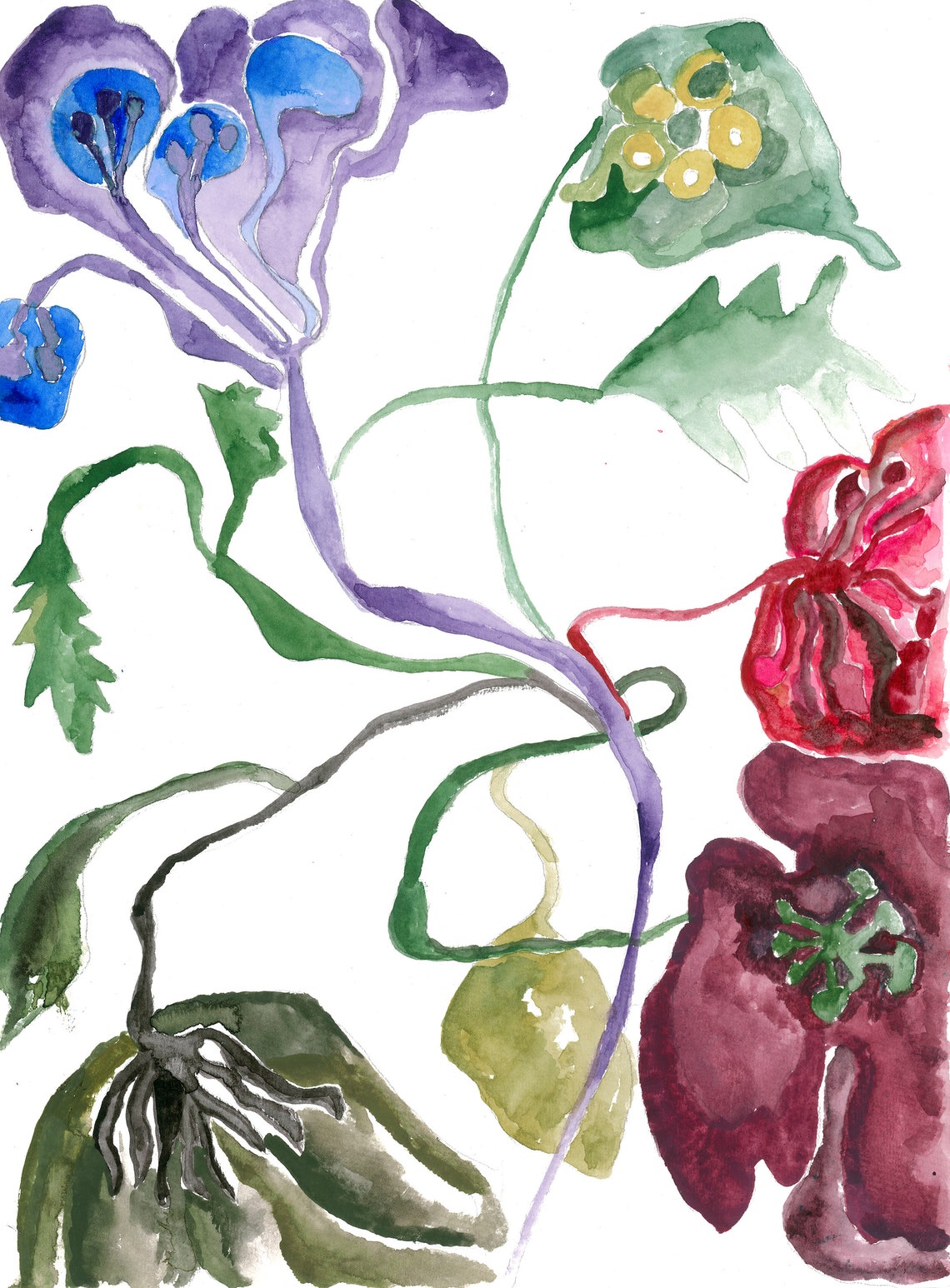

We tried all kinds of paper from very thin tissue paper to very thick cardstock paper. This fun and exciting STEM activity for kids can be used will all kids of paper, but the results will be slightly different. As the tiny little fibers in the paper quickly absorb water, they expand and allow the creases to open up.Īs the folds in the paper open up, the flower petals will spring back into their original position and bloom into a beautiful flower! The magic or science behind how these paper flowers bloom in water is thanks to the cellulose fibers that the paper is made of. Some flowers may take longer than others, but after a few minutes, Spring will have sprung inside your home with a beautiful display of magical paper flowers! Why do Paper Flowers Bloom in Water?

Salzburg flowers - Magic Flower Bouquet/Arrangement. Watch and enjoy as each flower slowly opens up and blooms after it is placed in the water! Vase not included Flowers for Salzburg, Austria offers same day flower & gift basket delivery for. This will give your flowers plenty of room to spread out without sticking to each other when they bloom. When you are done folding them the flowers will look more circular and smaller, like a budding flower getting ready to open up and bloom! Step 4: Place the Paper Flowers in Water and Watch Them Growĭepending on the size of the paper flowers you created, you may want to fill a large bowl or pan with water. You want to crease the fold as much as possible to help the petals stay folded towards the center of the flowers. Now it’s time to fold each individual petal of the flowers in towards the center. The wonderful thing about this experiment is how kid-friendly it is, but the kids will definitely need some adult help and supervision while cutting out their colorful little flowers. Once the flowers have all been designed and colored, go ahead and cut them out of the paper. The flowers can be as big or small as you want, but the important thing is to make sure that they have plenty of individual petals that can be folded up! Step 2: Cut The Flowers Out We ended up with sunflowers, daisies, and roses at our house. Let their imaginations run wild and they can create all sorts of different types of flowers. So go ahead and grab some colored pencils, markers, or crayons and let’s get to work making some paper flowers! The easiest way to do this is to trace a few flowers with large petals and then let the kids color them how they would like. Set of scribble textures and hand drawn floral elements. You can use any kind of paper for this experiment, but we found the construction paper gave us the best blooming flower results. Browse 21,300+ flower drawings for kids stock illustrations and vector graphics available royalty-free, or start a new search to explore more great stock images and vector art. Selecting a region changes the language and/or content on you are anything like me, this will probably be the most challenging part of this experiment! I am no artist, but luckily I have two little girls and a wife that love to make pretty flowers with their art skills! You probably won’t sketch many roots when drawing flowers, but the delicate branching shapes of roots can help you hone your linework.

Sepal. Where the flower connects to the stem is called the sepal.Most flowers have multiple stamen, and they surround the pistil in the center of a flower. Stamen. The stamen is the pollen-producing male part of the flower.It traditionally consists of the stigma, style, and ovary and is located in the center of the bloom. Pistil. The pistil is the reproductive female part of a flower.Aside from being beautiful, petals also help pollinators like honeybees find the nectar of a flower. For example, a pansy has five petals while a rose can have 40. Petals vary widely in color, shape, size, and number, depending on the species. Petals. A petal is a modified leaf that surrounds the center of a flower.While shape and appearance vary for every kind of flower, you still need to understand their general form. “It’s important to know the foundational anatomy of a flower before rendering your own interpretation of it,” explains artist Loe Lee.


 0 kommentar(er)
0 kommentar(er)
